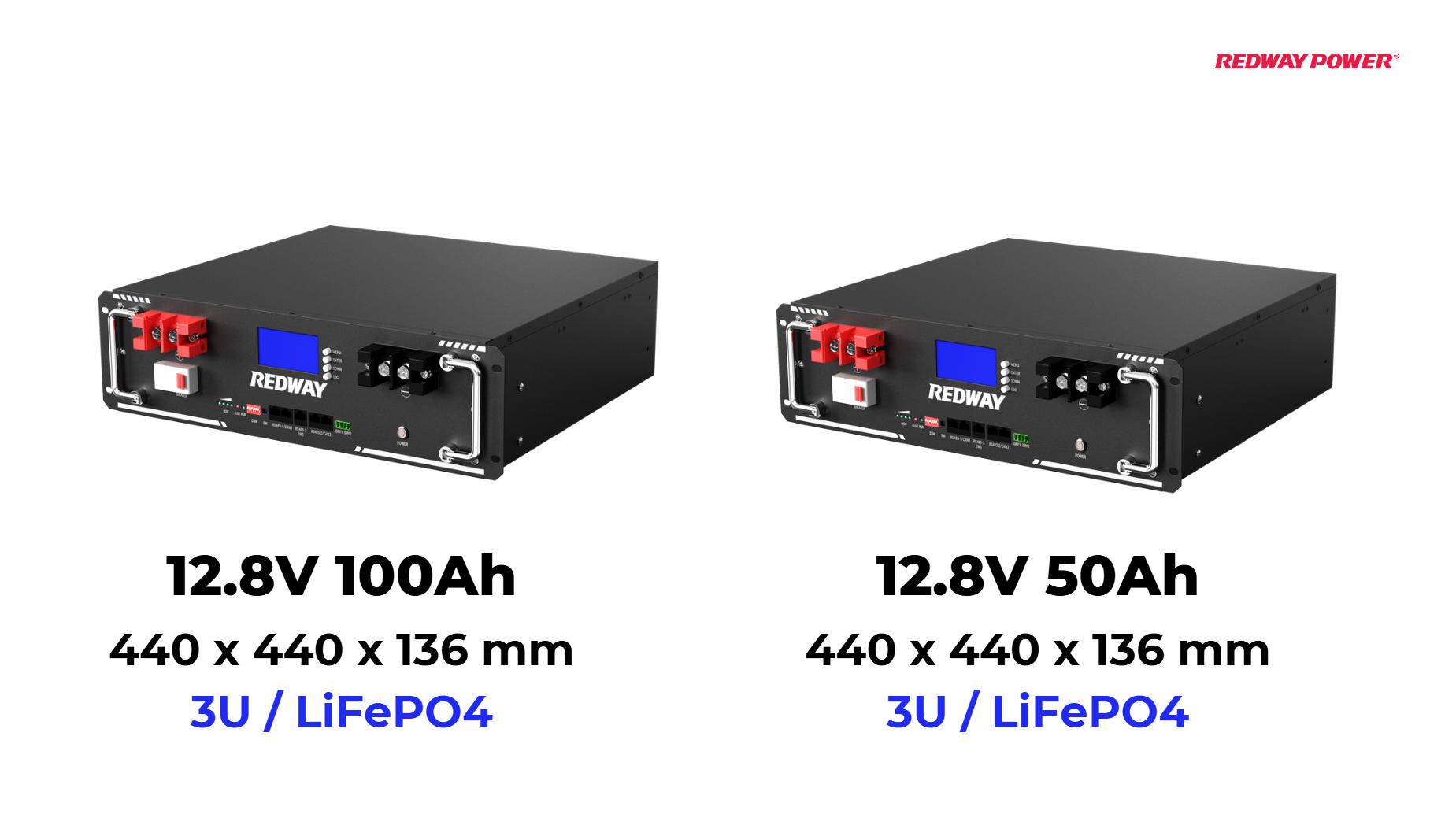Mixing batteries with different amp-hour (Ah) ratings in parallel can be done, but it comes with significant risks and considerations that must be understood to ensure safety and efficiency.
Can You Mix Batteries with Different Amp-Hour Ratings?
Yes, you can mix batteries with different amp-hour ratings in parallel, but it is generally not recommended due to potential issues such as uneven charging and discharging, which can lead to reduced lifespan and performance of the batteries involved.Chart: Overview of Mixing Battery Ah Ratings
| Condition | Result |
|---|---|
| Same Ah Rating | Balanced load sharing |
| Different Ah Ratings | Weaker battery may drain faster |
| Potential for Damage | Higher risk of failure if not monitored |
How Does Battery Chemistry Affect Performance?
Battery chemistry plays a crucial role in how batteries perform when mixed. For example, lithium-ion batteries generally handle high current draws better than lead-acid batteries, which may suffer from voltage drops under similar conditions.Chart: Comparison of Battery Chemistries
Wholesale lithium golf cart batteries with 10-year life? Check here.
| Chemistry | Voltage Stability | Current Handling |
|---|---|---|
| Lithium-Ion | Excellent | High |
| Lead-Acid | Moderate | Lower |
| Nickel-Metal Hydride | Good | Moderate |
What Are the Risks of Charging Batteries with Different Capacities?
Charging batteries with different capacities can lead to inefficiencies where the lower capacity battery drains faster than its counterpart, causing it to reach a lower voltage sooner and potentially leading to over-discharge or damage.Chart: Charging Implications for Mixed Capacity Batteries
| Scenario | Risk |
|---|---|
| Mixed Capacities | Lower capacity battery drains faster |
| Voltage Discrepancies | Higher voltage battery may overcharge lower one |
What Common Issues Arise When Mixing Batteries?
Common issues include rapid capacity loss, voltage drops leading to device malfunctions, and increased internal resistance that can cause overheating during use or charging when different Ah ratings are involved.
Want OEM lithium forklift batteries at wholesale prices? Check here.
How Can You Safely Connect Batteries in Parallel?
To safely connect batteries in parallel, ensure that they are at similar states of charge before connecting them, use wires that can handle the combined current, and monitor their performance regularly to avoid issues.Chart: Steps for Safe Connection
| Step | Action |
|---|---|
| Equalize Charge | Ensure all batteries are at similar voltages |
| Use Appropriate Wiring | Select cables rated for combined current |
| Monitor Regularly | Check voltage and temperature during use |
How Do Different Battery Types Compare in Performance?
Different types of batteries vary significantly; lithium-ion batteries generally outperform lead-acid batteries in terms of weight, efficiency, and lifespan, making them ideal for applications where performance is critical.Chart: Comparison of Common Battery Types
| Feature | Lead-Acid | Lithium |
|---|---|---|
| Weight | Heavier | Lighter |
| Lifespan | Shorter (3-5 years) | Longer (up to 10 years) |
| Charge Time | Longer | Shorter |
What Are the Signs of Battery Degradation?
Signs of battery degradation include reduced capacity (shorter runtime), increased internal resistance (higher heat generation), and physical changes such as swelling or leakage.
How Can You Improve Battery Longevity When Mixing?
To improve longevity when mixing batteries, ensure they are regularly charged to full capacity, avoid deep discharges, and consider using a battery management system (BMS) that can help balance charge levels across different capacities.
What Safety Features Should Be Considered When Using Batteries?
When using batteries, consider safety features such as thermal protection, overcurrent protection circuits, and proper housing that prevents physical damage or exposure to extreme conditions.
Expert Views
“Mixing different amp-hour batteries can work but requires careful consideration and monitoring to avoid performance issues,” says energy storage expert Jane Doe.
How to Charge Many Batteries in Parallel With Different Capacity (Ah)
FAQ Section
- Can I mix different types of batteries?
It is generally not recommended due to potential compatibility issues. - How do I know if my batteries are compatible?
Check voltage ratings and chemistry types; ideally, they should match closely. - What happens if I connect mismatched batteries?
You may experience reduced performance and potential damage to the weaker battery.






